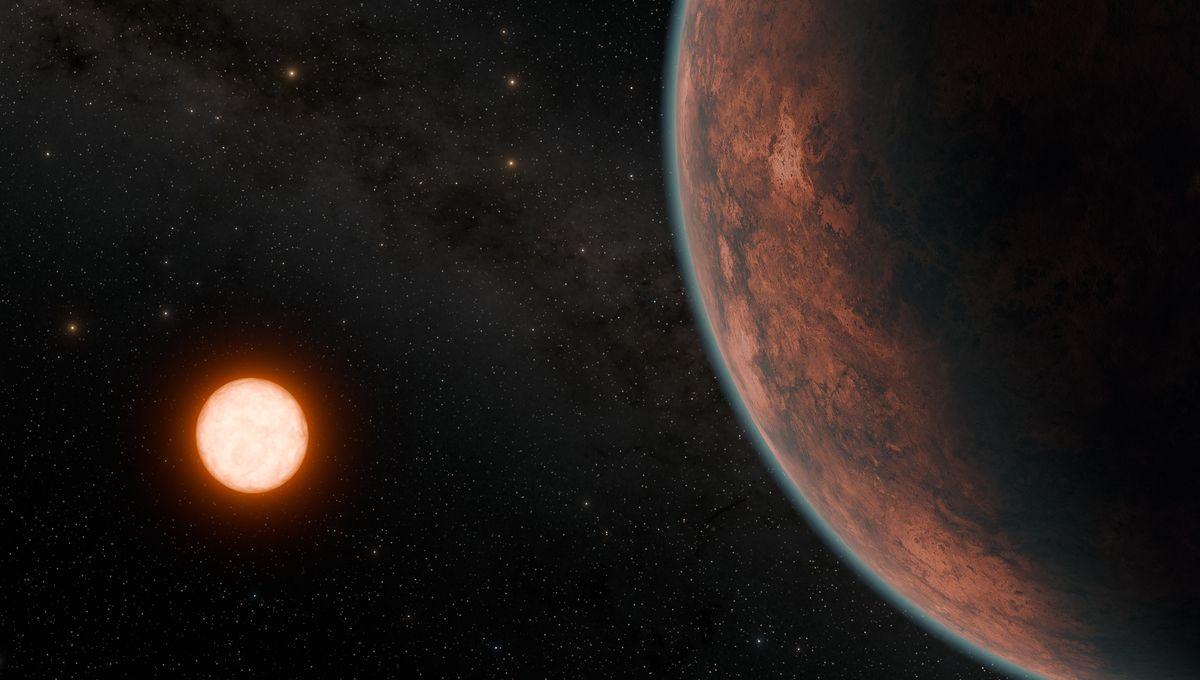
Two different groups of astronomers have reported the discovery of an exoplanet that might be an Earth twin, or maybe a Venus-like world. This world is a fantastic target for exploration and it might provide crucial insights into rocky planets like our own – and their habitability.
The planet is called Gliese 12 b and it orbits a star that is much smaller and cooler than our Sun. It is 27 percent of its size and has only 60 percent of its surface temperature. Gliese 12 b is in the hotter part of the habitable zone, which is much smaller around this star, and the planet orbits it in just shy of 13 days.
Gliese 12 b is also 4 percent smaller than Earth, a bit more similar in size to Venus. In terms of starlight, it gets about 60 percent more than Earth does, but only 85 percent of what Venus experiences. So, it could be like Earth. Or maybe it had the same runaway greenhouse effect as Venus and it is a hellish world. Or it could have a thin or non-existent atmosphere making it more like a hot Mars or large Mercury.
Gliese 12 b is between Earth and Venus in temperature, its atmosphere could teach us a lot about the habitability pathways planets take as they develop.
Larissa Palethorpe
“Gliese 12 b represents one of the best targets to study whether Earth-size planets orbiting cool stars can retain their atmospheres, a crucial step to advance our understanding of habitability on planets across our galaxy,” said Shishir Dholakia, lead author of one of two papers describing this work and a doctoral student at the Centre for Astrophysics at the University of Southern Queensland, in a statement.
Researchers are interested in the potential for an atmosphere. If it hasn’t got one, its surface temperature would be too bad: 42°C (107°F). That is about three times Earth’s average of 15°C (59°F). But if it does have one, things could be very different – and also very interesting.
“Much of the scientific value of this planet is to understand what kind of atmosphere it could have. Since Gliese 12 b gets in between the amount of light as Earth and Venus get from the Sun, it will be valuable for bridging the gap between these two planets in our solar system,” Dholakia explained.
“It is thought that Earth’s and Venus’s first atmospheres were stripped away and then replenished by volcanic outgassing and bombardments from residual material in the solar system,” added Larissa Palethorpe, a doctoral student at the University of Edinburgh and University College London.
“The Earth is habitable, but Venus is not due to its complete loss of water. Because Gliese 12 b is between Earth and Venus in temperature, its atmosphere could teach us a lot about the habitability pathways planets take as they develop.”
Red dwarfs such as the one in the Gliese 12 system can be very active, but the star is so close to making it an ideal target for current observatories like JWST, as well as future ones. They should be able to see if the planet does or doesn’t have an atmosphere and if it does, even work out its composition. This would be a major step forward in understanding how rocky planets evolve.
“Follow-up observations with JWST and future ground-based observations with 30-meter class telescopes for transit spectroscopy are expected to determine whether Gliese 12 b has an atmosphere and whether the atmosphere contains molecular components associated with life such as water vapor, oxygen, and carbon dioxide,” Masayuki Kuzuhara, lead author of the second study and a project assistant professor at the Astrobiology Center (ABC) in Japan, said in a statement.
Papers presenting this work are published in the Monthly Notices of the Royal Astronomical Society and in The Astrophysical Journal Letters.
Source Link: Newly-Discovered Exoplanet Could Be Like Earth – Or Its Evil Twin